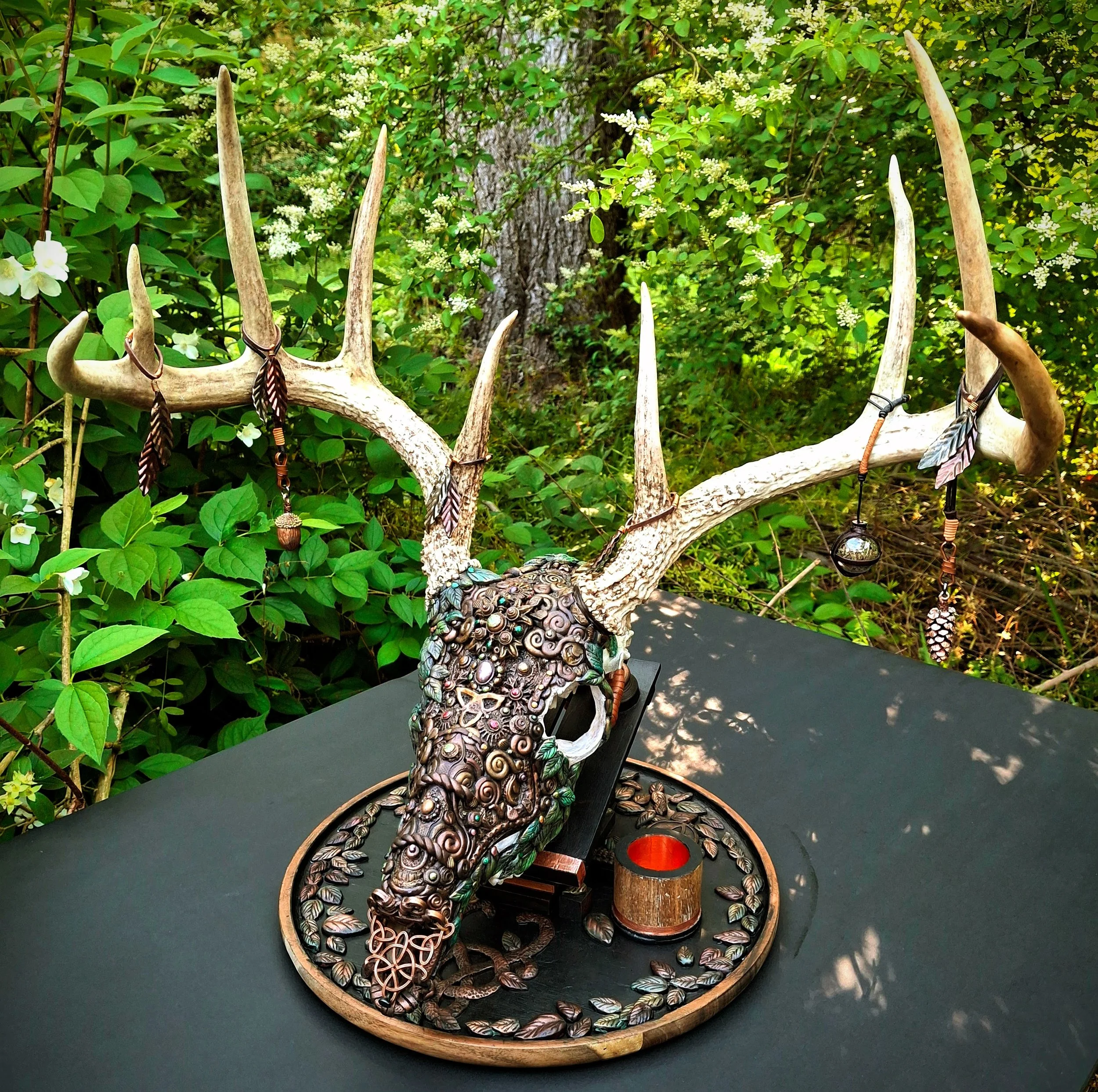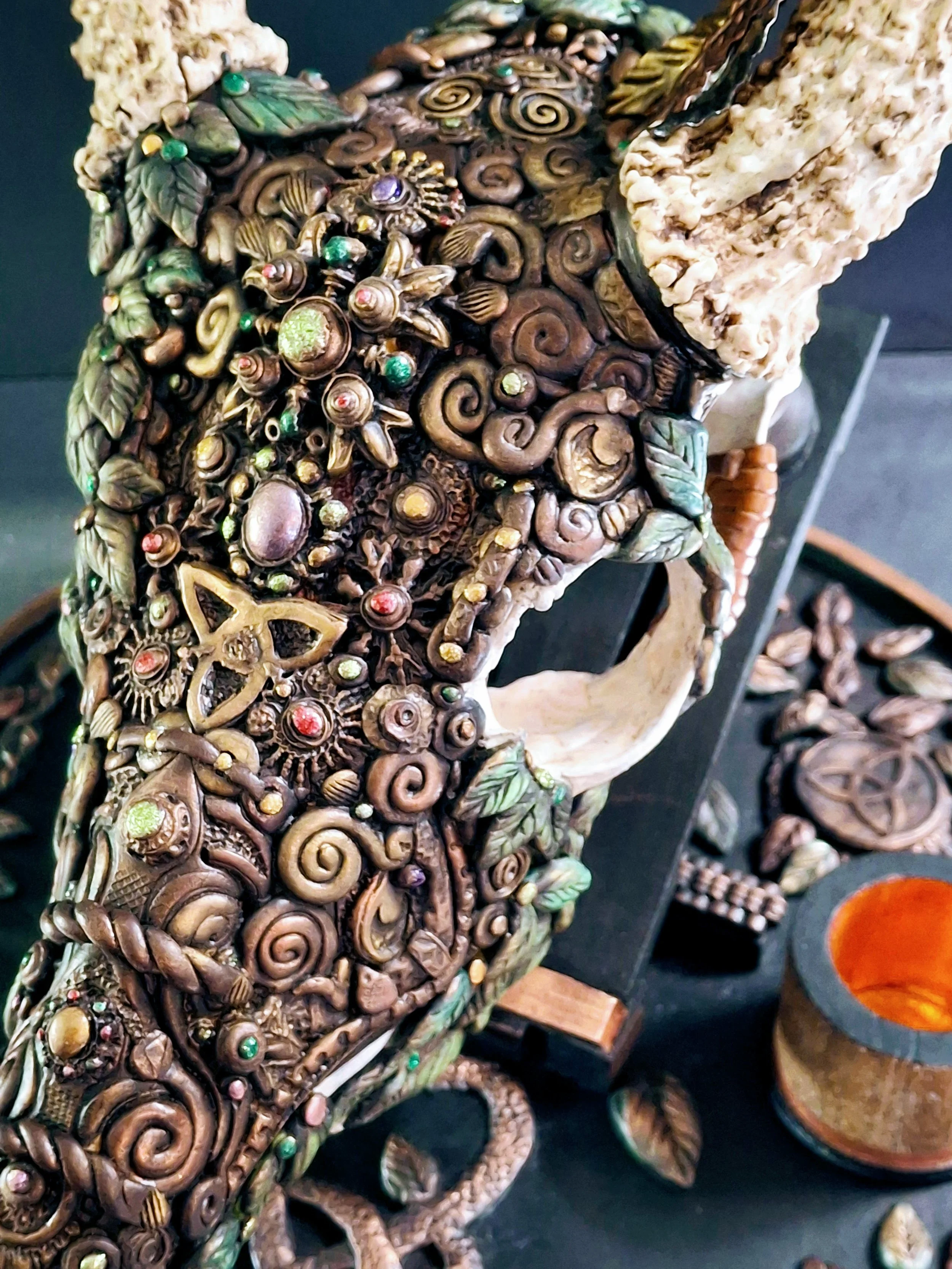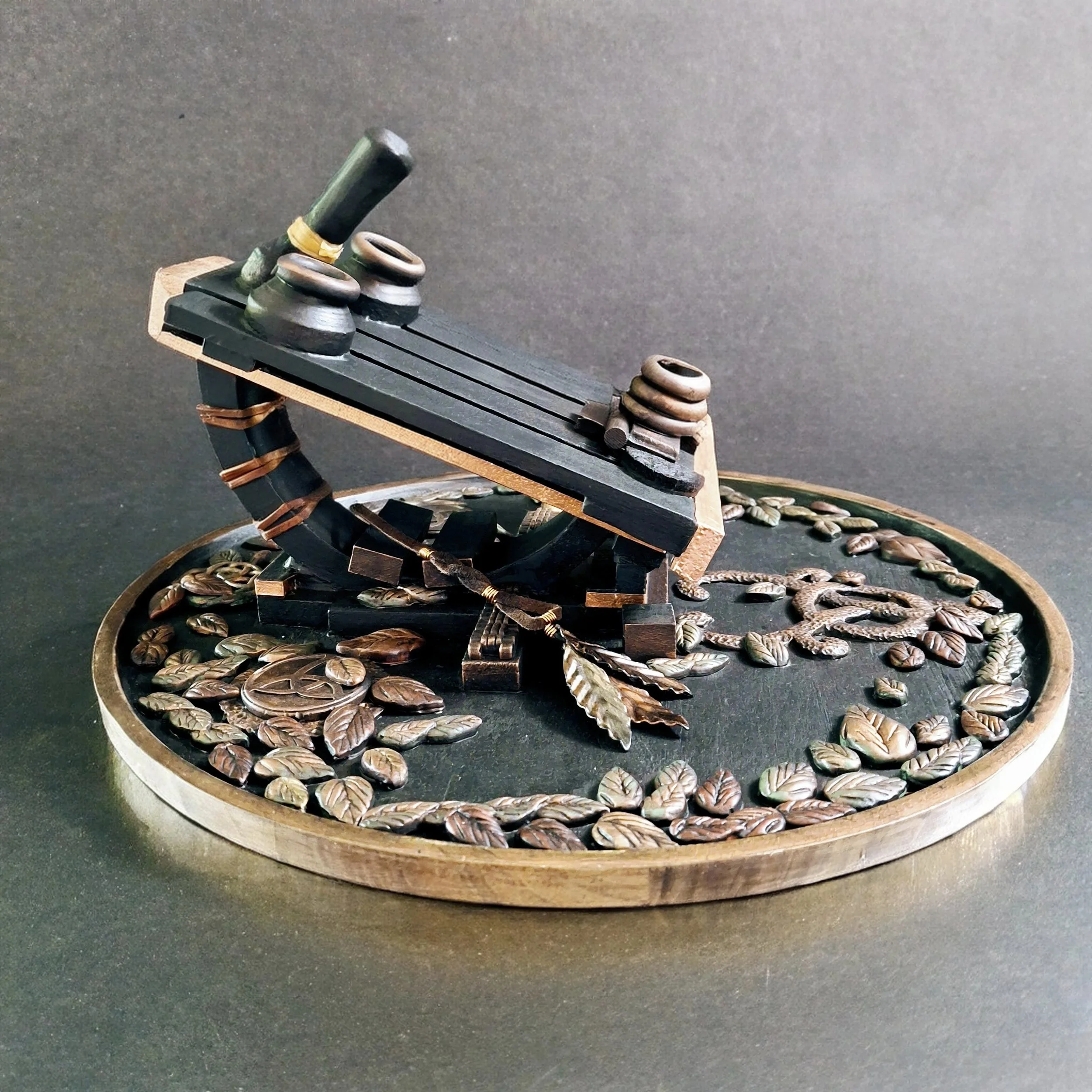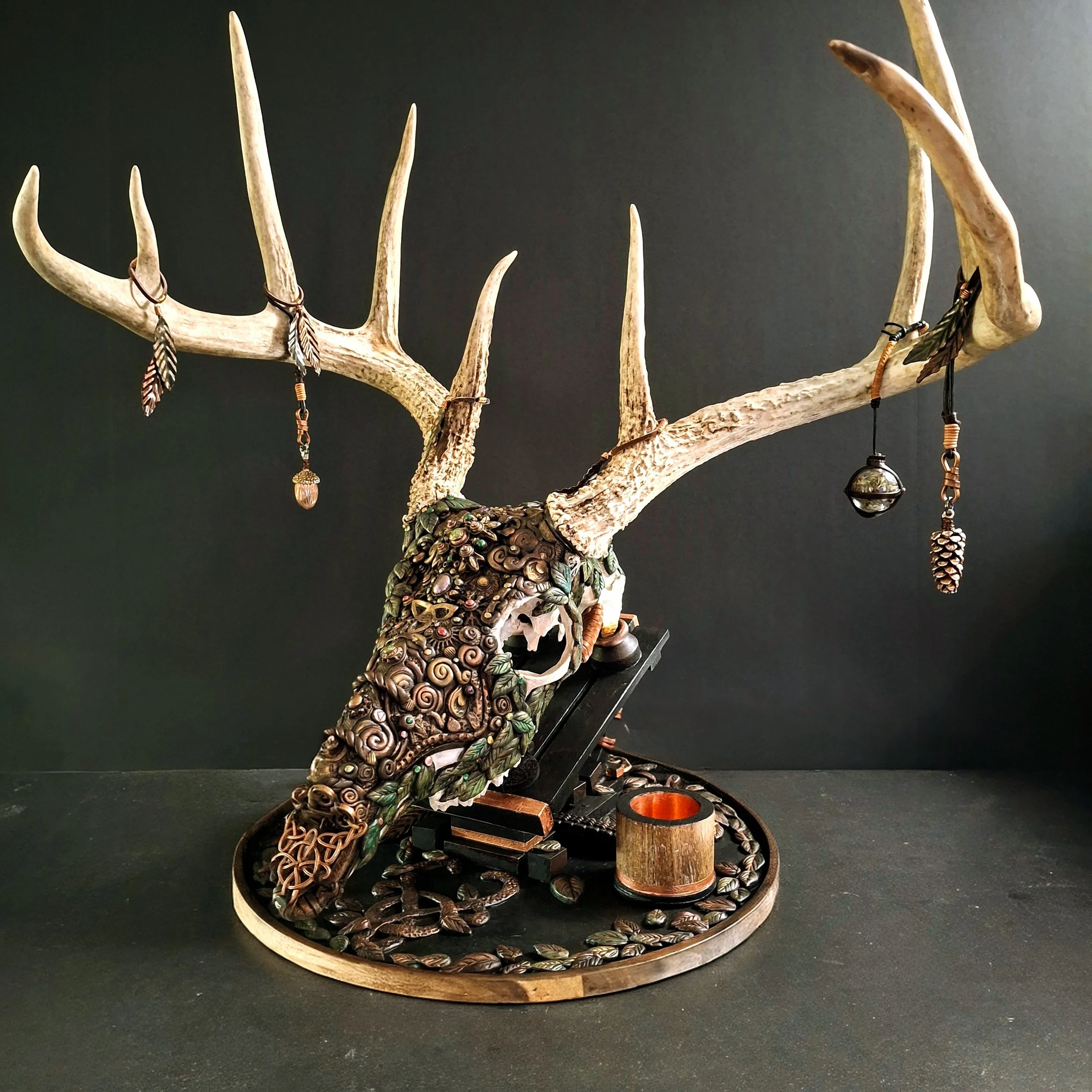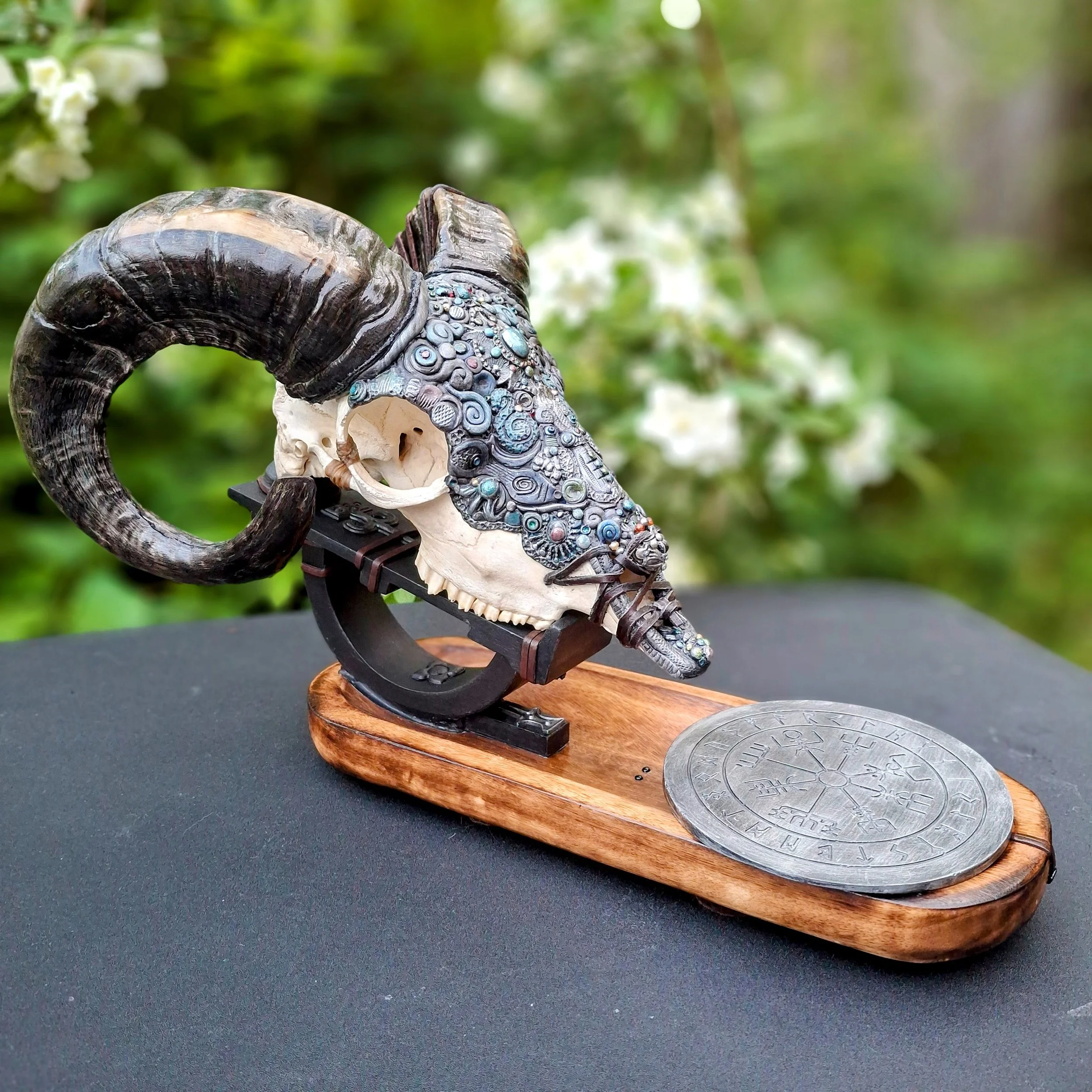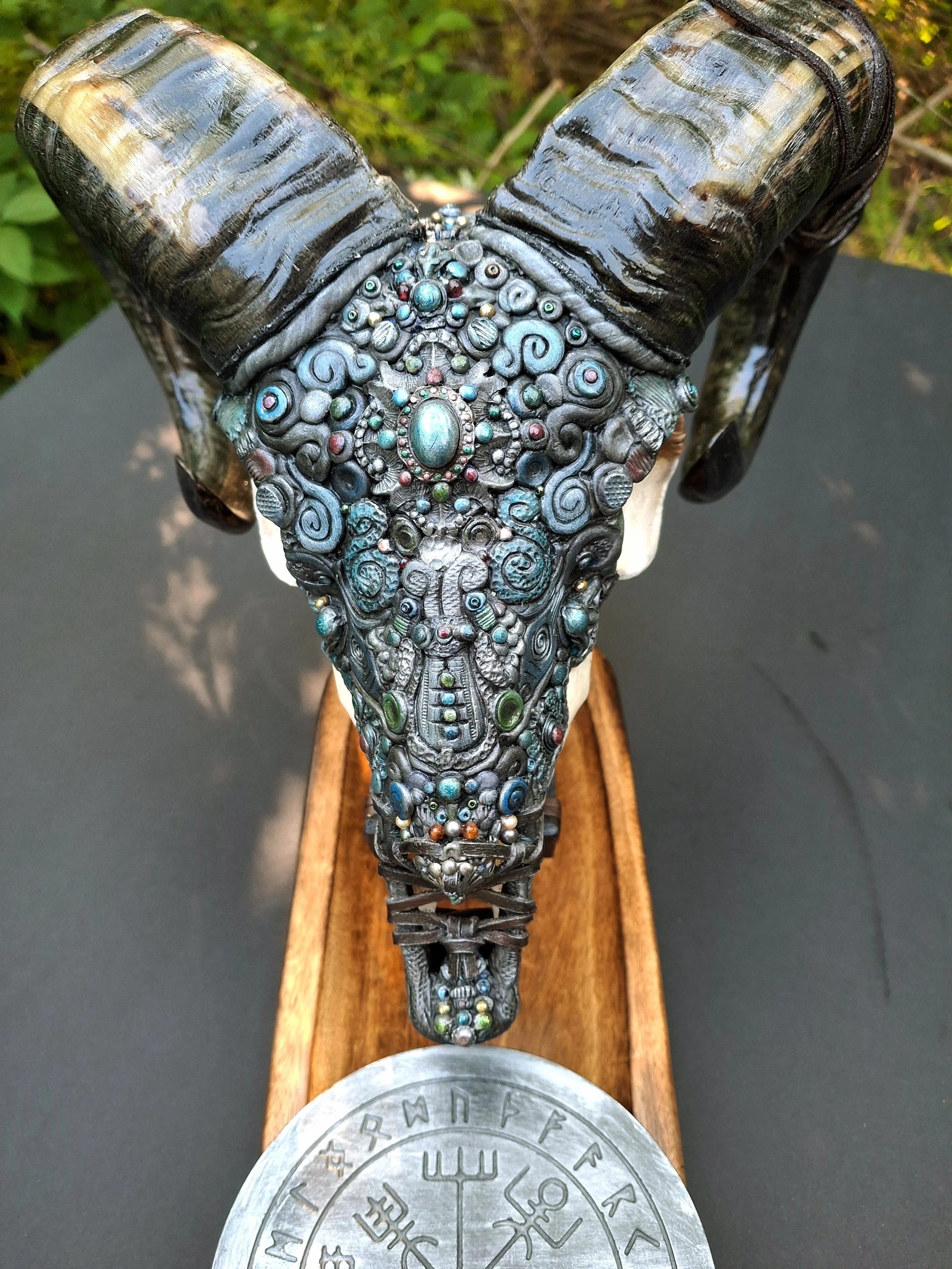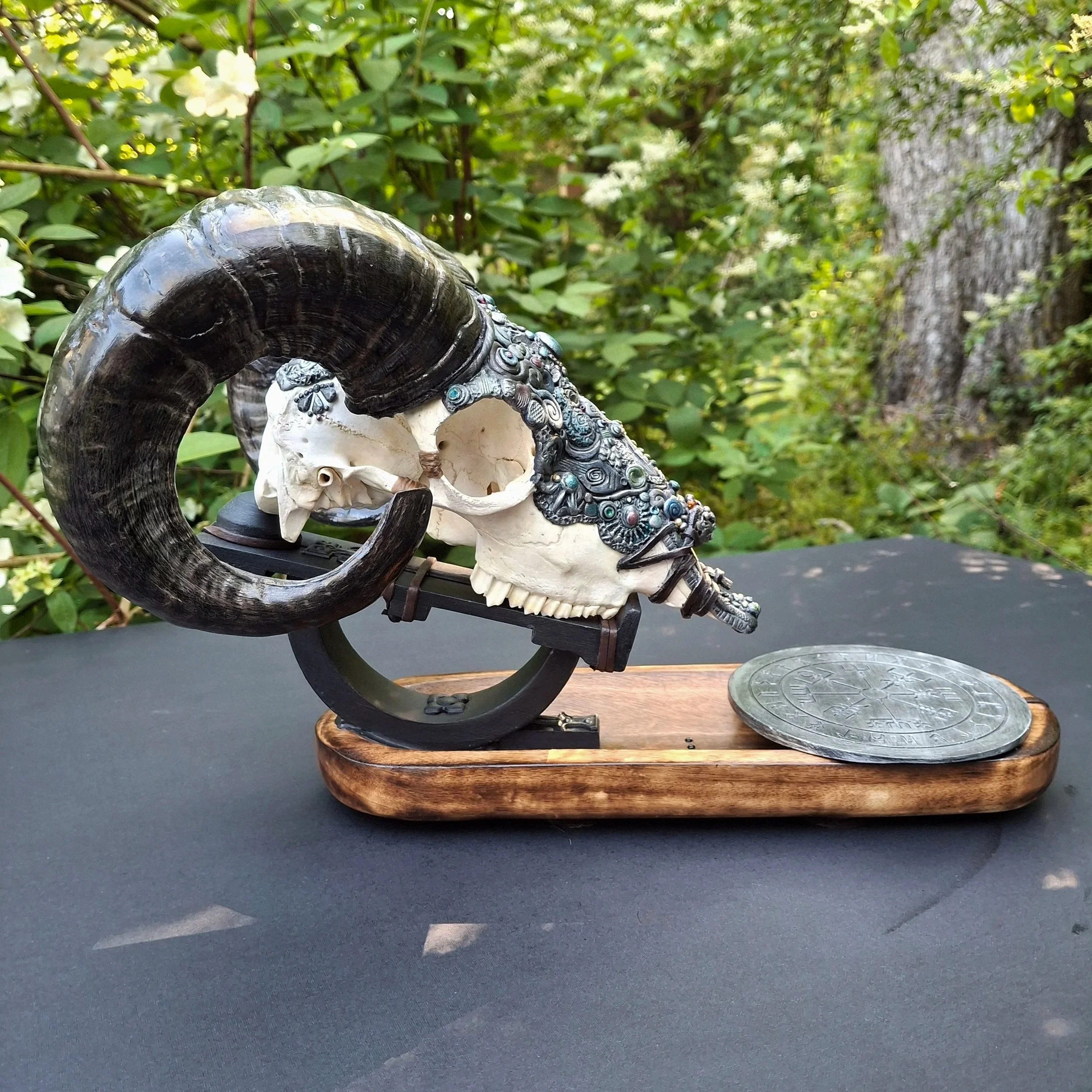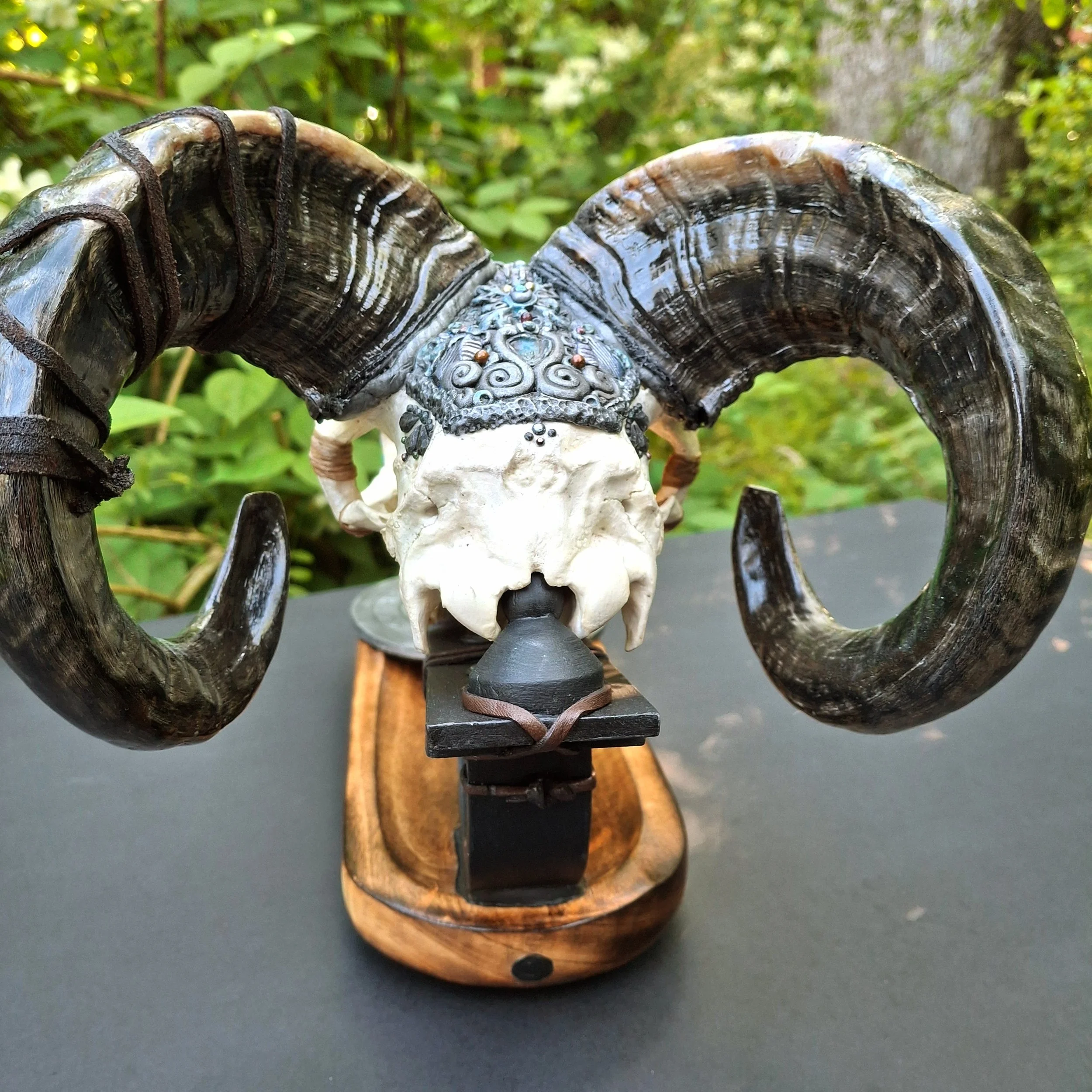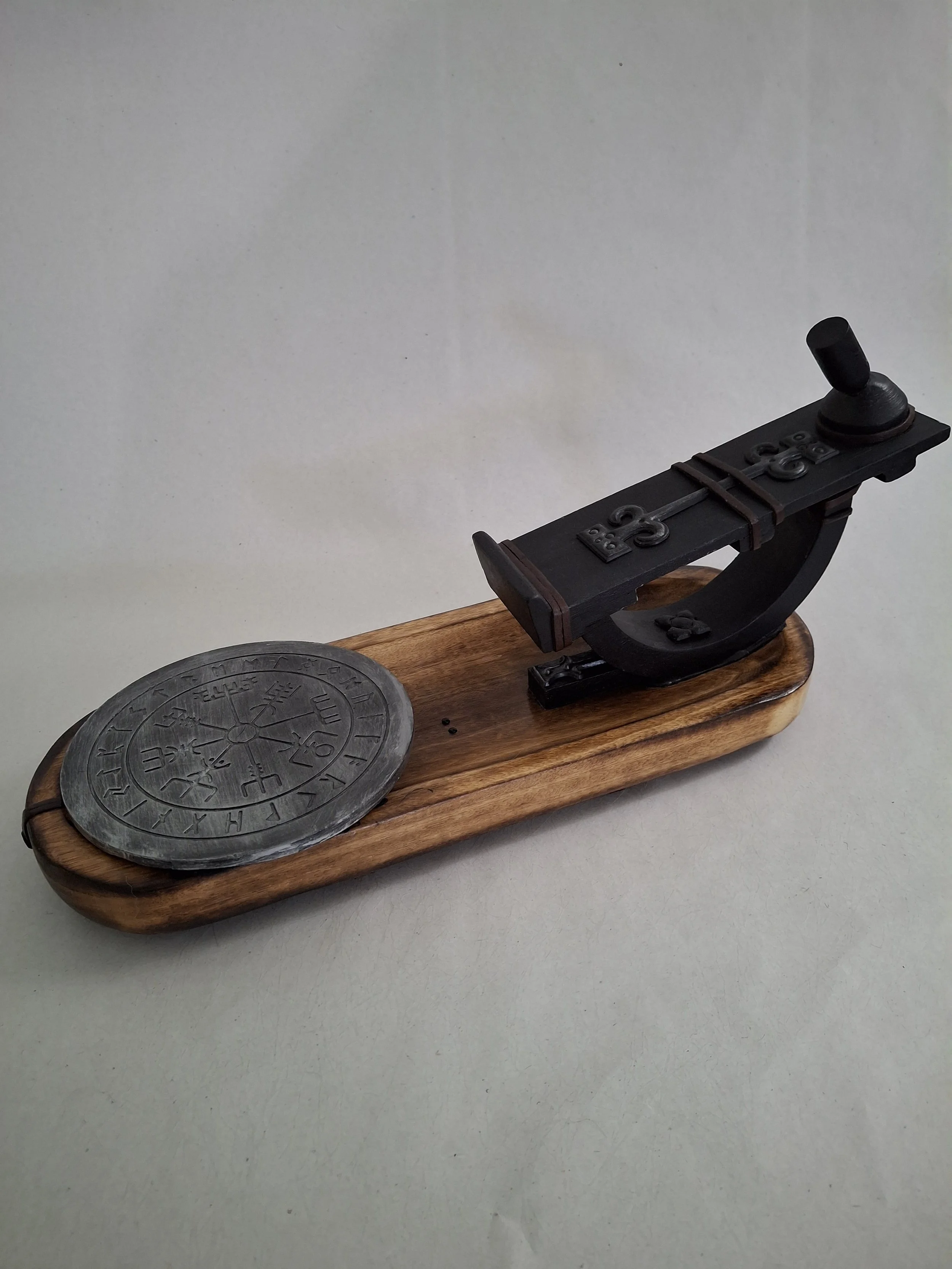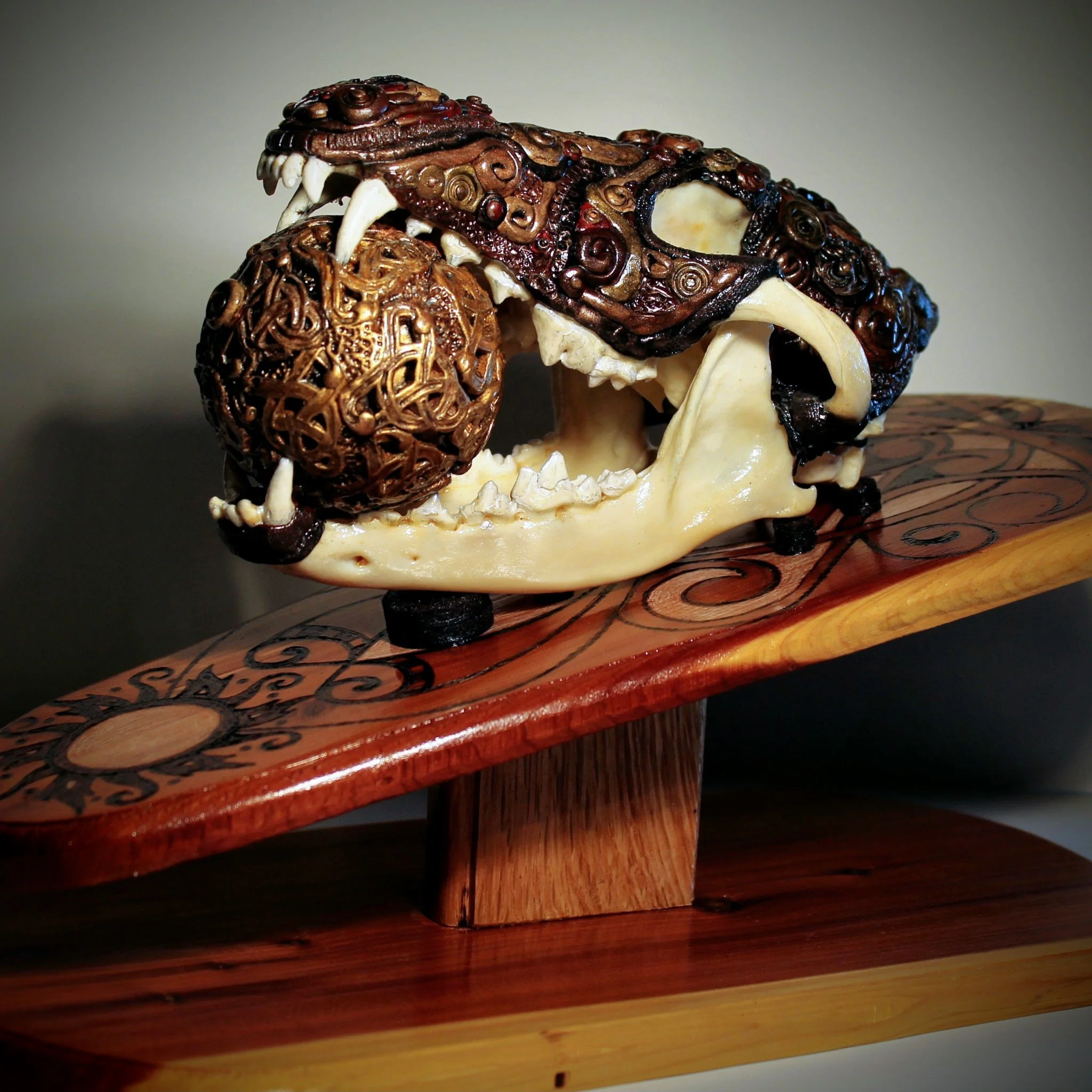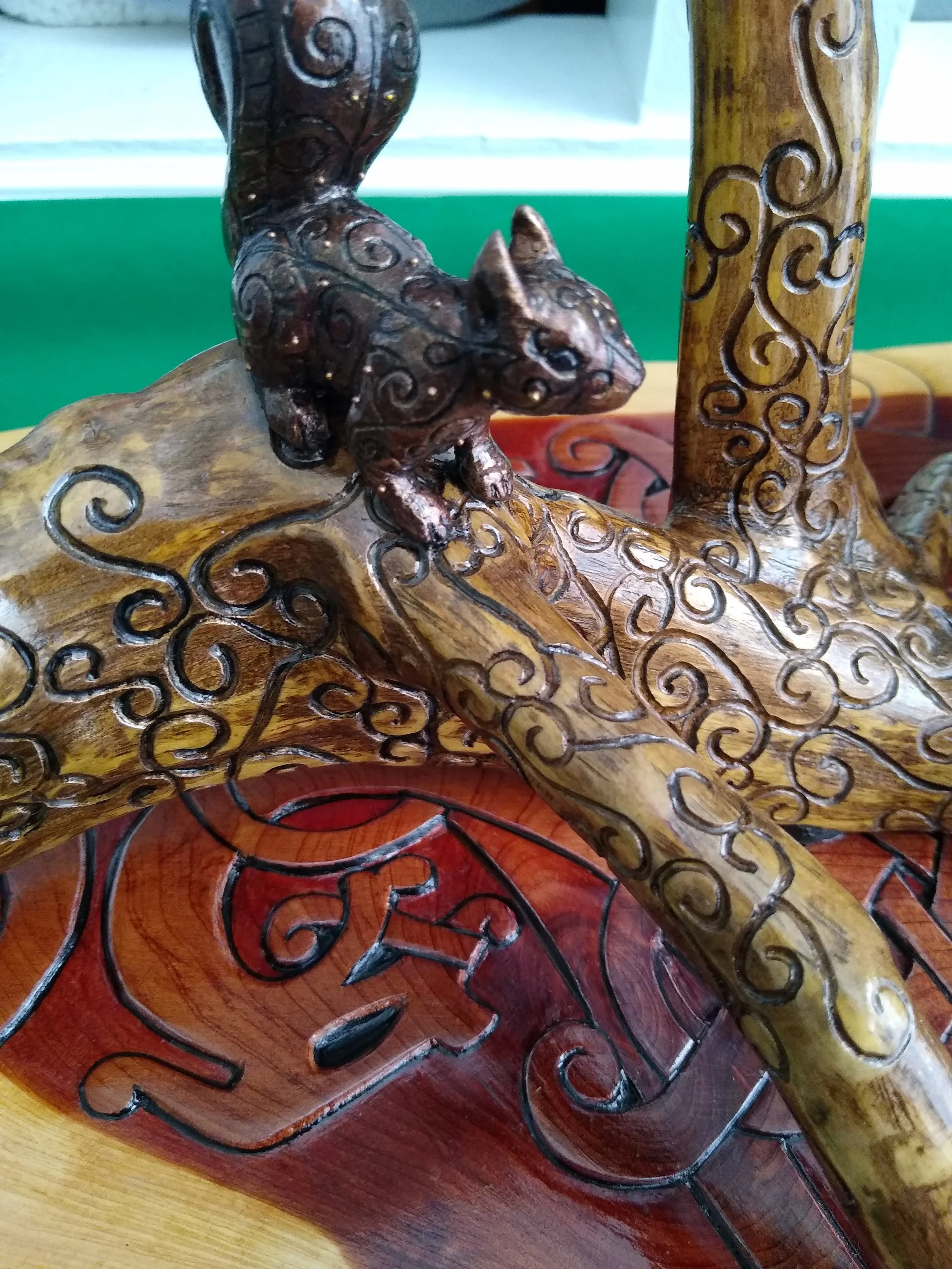
On the Druidic Path: Voices of the Wildwood
Across the Celtic world, the druids stood as keepers of wisdom — mediators between tribe, land, and spirit. Though much of their practice is lost to time, the fragments that remain speak of ritual in groves of oak, reverence for stone circles, and the deep listening to the cycles of earth and sky.
Their rites were carried out not in temples of stone, but beneath the open sky — in circles of standing stones, in groves of oak and yew, where every tree and stream carried the breath of spirit. In Celtic Ireland, the druids were said to know the courses of the stars, the secrets of the land, and the binding power of words — for poetry and prophecy were woven into their craft.
Though centuries have obscured their ways, echoes endure: tales of sacred groves, of mistletoe cut with golden sickles, of ritual fires kindled at the thresholds of the seasons. The druidic path was one of living altars — forest, stream, and fire — binding community to the rhythm of earth and sky.
From this current rises Cernunnos, the antlered god of the wildwood — a guardian of the hunt, of fertility, of the endless cycle of death and renewal. He is the liminal figure who sits cross-legged at the threshold, surrounded by beasts, bearing the torque of sovereignty and the serpent of transformation. Echo of the Forest Lord embodies his presence: a horned guardian whose gaze recalls the wildwood as both sanctuary and oracle, where the druid once listened to the whisper of leaves and read the hidden patterns of nature’s song.
Sculptures shaped in this lineage are not merely art, but vessels of druidic vision: relics of the green path, carrying the resonance of Cernunnos and calling us to remember our kinship with the living land.
Echo of the Forest Lord (currently available)
Cernunnos is a mysterious horned god associated with nature, fertility, and the underworld in Celtic mythology. His association with the stag reflects his deep connection to nature, the wild, and fertility. The stag represents the untamed force of the natural world, regeneration, and seasonal cycles. As the "Horned God," Cernunnos embodies these qualities, acting as a guardian of wildlife and a symbol of the constant renewal of life. This connection is often depicted in ancient Celtic art, where stags are shown alongside or in the form of Cernunnos himself.
Echo of the Forest Lord is a sacred relic for the wildwood altar.
In the hush of ancient woods, where moonlight threads through antlers and moss remembers every footstep, he waits. He stands where the green paths wind deepest—watcher of the wild places, horned guardian of root and flame.
Echo of the Forest Lord is a singular work of sacred art—a relic of the wild heart. Built upon the skull of a nine-point buck, ethically gathered and honored, the sculpture weaves story and symbol—every piece, every offering, chosen with deep intention. His antlers bear sacred signs:
• A pinecone, for awakening and memory
• An acorn, for potential and promise
• A witch ball, filled with basil and black tourmaline, for protection and grounding.
The pedestal beneath him, a throne of reverence, bears the triskelion, spiraling with the cycle of life, death, and renewal - a symbol of motion, cycle, and sacred balance.
This is no ornament. This artifact is crafted for the hands that gather herbs by moonlight, and the hearts who remember the stag's name. For those who walk the green paths—keepers of the old ways and the forest’s breath.
Let him guard your hearth. Let him hold your rituals. Let him whisper the names only the forest knows.
He is the only one.
No others will ever exist.
On Seiðr: Threads of the Unseen
In Norse tradition, seiðr was the art of weaving fate, vision, and spirit via a form of ecstatic ritual that bridged the human world and the hidden realms. Seiðr was most strongly associated with the völva (plural: völur), the seeress or prophetess in Norse tradition. She was often an elder woman who carried a staff (seiðstafr) as a symbol of her craft. The sagas describe her as traveling between communities, summoned to perform rituals of prophecy, blessing, and sometimes even cursing. Through trance, chanting, and the use of staves, drums, and sacred objects, the völva would divine what lay beyond the horizon of ordinary sight. It was a practice both feared and revered — a power that could unravel destinies or call protection over a community.
While seiðr is most often linked to women, it wasn’t exclusive — there are accounts of men practicing it too, most famously Óðin, who was both master of seiðr and accused of ergi (unmanliness) for doing so. That tension shows how seiðr was viewed as powerful but also dangerous, blurring boundaries between gender roles, fate, and the hidden worlds.
The sculptures born from this current — horned guardians, veiled watchers, figures straddling shadow and light — carry the echo of that liminal art. They are shaped as vessels of seeing and remembering, companions for those who walk between worlds.
Ram of the Nine Nights: Watcher at the Veil (currently available)
A sacred relic for the seiðr path.
In the hush between worlds, where silence deepens and the unseen stirs, he waits. Horns curve like the turning of time, eyes empty yet unblinking — the sentinel who stands at the threshold. Watcher at the Veil is no idle ornament, but a horned oracle: guardian of the liminal place where fate is woven.
This singular work of sacred art was born of many elements, each chosen with intention. The ram’s skull, ethically gathered and honored, bears adornments of clay reliefs, sinew, and leather — each coil and stone a whisper of spellcraft. Inlaid semi-precious stones glimmer like hidden constellations, while the runic disk beneath anchors his vigil in the language of the old ways.
In Norse tradition, seiðr is the sorcery of vision, fate-shaping, and spirit-journeying. Practiced most often by the völva — the seeress and witch — seiðr called upon threads of the wyrd to divine, to heal, and to curse. It is not done in daylight’s certainty, but in trance, in shadow, at the very edge of the veil.
Its roots reach back to Óðin’s sacrifice, when he hung for Nine Nights upon the World Tree, seeking wisdom in pain and silence until the runes revealed themselves. The ram, bound to strength, sacrifice, and passage, becomes here a vessel of that same ordeal — a companion for those who step into trance and weave with fate. A horned guardian for those who walk between what is, and what has yet to come.
Watcher at the Veil belongs to the altar, to the ritual circle, to the hands of those who remember the old ways. It is a presence to meet in silence, a companion in prophecy, a relic shaped for the weaving of threads.
He does not speak in words, but in the stillness between them.
He does not guard with weapons, but with sight.
He does not move — and yet he waits.
The Nine Nights are eternal.
The veil is thin.
And he is watching.
Select Past Works

